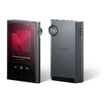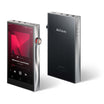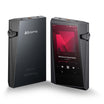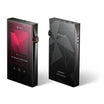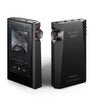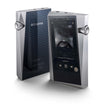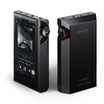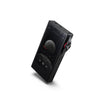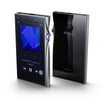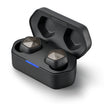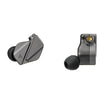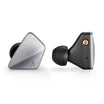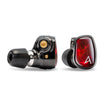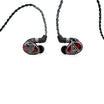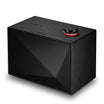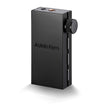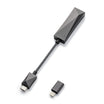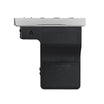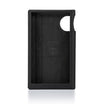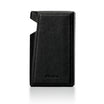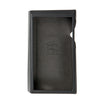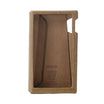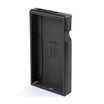
Our philosophy
Astell&Kern is a premium audio brand of portable and non-portable audio systems that play hi-res audio files without compromise. Astell means "star" in Greek, and Kern means "core” in German. Together, it refers to our aim to continuously reach for the core of music - the "original sound."
Since our first product was launched in 2013, the brand philosophy—refusing to overlook even the smallest differences in sound quality—has led to a diverse array of audio products and outstanding and well renowned technology honed through continuous R&D, enriching music lovers' lives.

The TERATON ALPHA solution is Astell&Kern's unique audio technology that allows you to get closer to the original sound with a combination of patented technologies, such as effective noise removal from audio power sources, amplification technology without distortion despite efficient and powerful amplification, and prevention of any noise coming from the audio interface. Based on these audio technologies, Astell&Kern is always striving for purest sound imaginable.

Today, original music performances can be captured in digital almost exactly as they were performed due to new, advanced recording technology currently available. However, these high-quality recordings are mainly listened to through inferior sound formats, such as MP3 or through lower quality streaming services.
The soundstage and the ambience of the original performance often disappears when listening to compressed MP3 music.
After pondering these issues, founding Astell&Kern was our solution to poor sound quality for the sake of portability, and our way in reviving the original sound quality for music artists, recording engineers, and professionals.
The TERATON ALPHA solution is Astell&Kern's unique audio technology that allows you to get closer to the original sound with a combination of patented technologies, such as effective noise removal from audio power sources, amplification technology without distortion despite efficient and powerful amplification, and prevention of any noise coming from the audio interface. Based on these audio technologies, Astell&Kern is always striving for purest sound imaginable.
Today, original music performances can be captured in digital almost exactly as they were performed due to new, advanced recording technology currently available. However, these high-quality recordings are mainly listened to through inferior sound formats, such as MP3 or through lower quality streaming services.
The soundstage and the ambience of the original performance often disappears when listening to compressed MP3 music.
After pondering these issues, founding Astell&Kern was our solution to poor sound quality for the sake of portability, and our way in reviving the original sound quality for music artists, recording engineers, and professionals.



High-resolution audio explained
The Recording Academy, The Digital Entertainment Group (DEG), Consumer Electronics Association (CEA) and record labels formally define high-resolution audio as “lossless audio that is capable of reproducing the full range of sound from recordings that have been mastered from better than CD quality music sources".
24-bit, 192kHz high-resolution audio is considered studio quality.


What does 24-bit and 192kHz mean?
Sampling rate is the association between resolution and how much information is contained within the music. Bit rate pertains to the dynamic range of a song and clearly expresses the change in pitch and strength of a note.
192kHz
Hertz (Hz) refers to the number of times the sound wave gets measured per second. Files with 192kHz are measured 192,000 times per second. Within the digital audio source, 192,000 points per second represents the number of points connected as one line associated to the signal. This is referred to as the sampling rate.
24-bit
24-bit is each of the 192,000 signals that contain the binary code recorded exponentially. 224 is expressed as the number 2 multiplied by itself a total of 24 times, which is then referred to as the bit rate.
The higher the sampling and bit rates, the closer you will hear the original sound as it was intended.
When comparing the frequency analysis of MP3 files and CDs(10kHz bandwidth), the differences in noise frequency are evident. When CDs and 24-bit files are compared under the same conditions, the difference in noise is close to zero.
